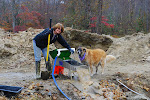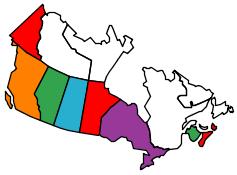The call came over the private channel on the radio that a large rhino was spotted in the area and I carefully scanned the fields and bush in the distance not wanting to miss seeing it, thinking we would have only a glimpse at best because of the distance we would need to maintain for safety concerns. The rhino is one of the most dangerous and unpredictable animals to encounter and belongs, along with the lion, leopard, elephant and cape buffalo in the Big Five. Safari hunters prized this exclusive group because of the extreme danger associated with the hunt.
As the jeep turned a bend in the road, I saw it. Right there. Close up. On my side, with only forty feet and a piece of metal separating us. My first impression was how close we were and how huge a rhino is. The ranger assured us that this was a very relaxed animal so we stopped to observe as it grazed.
When we approached, the rhino lifted his head, listened and sniffed the air. Having an excellent sense of hearing and smell compensates for the extremely poor sense of sight. A rhino will charge blindly at thirty miles per hour if startled or aggravated.

This rhino is gray in color, but is called a white rhino - it's name derived from the Dutch word "weit" meaning wide in reference to it's wide, square muzzle with a mouth adapted for grazing, cropping short the grasses on the plains where it lives in small herds of less than a dozen.

Even though there are bushes available, the white rhino can not nibble on them because of the mouth and teeth structure.

There is caked mud on the back which acts as a sun screen and bug repellent.

The white rhino can be five feet high at the shoulder and weigh two tons.

The horn can grow up to five feet long.

We were very still for thirty minutes enjoying this animal that didn't seem to mind our presence.

We were lucky enough to meet this animal close up another day and ended the day having cocktails at sunset watching his herd of eight to ten before the darkness covered them.
We would explore the thicker bush another time in search of the black rhino, a much smaller leaf eater who prefers a solitary life and has a shorter temper and more prone to charge.
Each day was such an adventure! Other sightings that day:
























